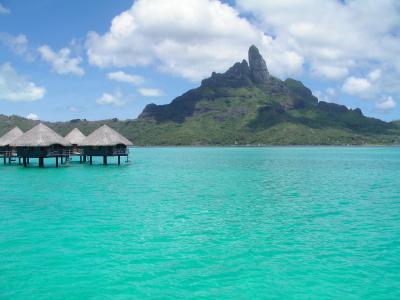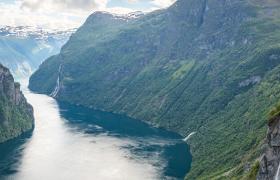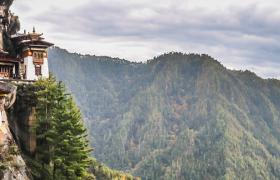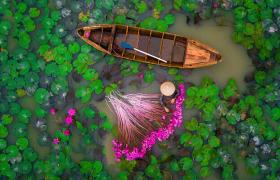Bora Bora, one of Tahiti's gorgeous islands, is home to a vast array of wildlife.
On a trip to this stunning isle you can expect plenty of opportunities to get up close with some of these creatures.
Turtles are one undersea mammal you can interact with on your holiday in Bora Bora. Here's some more information about them.
Seeing Bora Bora's sea turtles at the Turtle Centre
Bora Bora is home to several varieties of sea turtle, including the green, hawksbill and loggerhead species.
While you may happen across them while you are swimming through the tropical waters, you're guaranteed a sighting at the Bora Bora Turtle Centre. This is dedicated to the conservation of these gentle creatures and is located in the Inner Lagoon of Le Meridien Bora Bora resort. It cares for injured or endangered turtles and releases them back into the wild when they regain health. To date, around 400 turtles have been cared for at the centre and returned to their natural homes in the sea.
The Turtle Centre provides many opportunities to interact with its sea turtle population, with the hope of encouraging locals and visitors to look after the environment and its animals. More and more of Bora Bora's undersea creatures are threatened due to poaching, pollution and other environmental factors.
Head down into the Turtle Centre's underwater observatory to check out the turtles, fish and coral, and explore the educational aquariums that house fascinating fish larvae, invertebrates and more bright coral. The Coral Nursery is another great facility where you see how the centre is pitching in to restock damaged reefs.
Then there's the hands-on touch pool, where you can get up close to the sea turtles and other creatures that inhabit the local environment.
Don't forget to visit the site museum, which delves into Bora Bora's unique ecosystems, and the laboratory that puts some of the region's smallest species on display through microscopes.
While in Bora Bora, take the opportunity to interact with turtles, all the while contributing to the conservation of these unique mammals.













